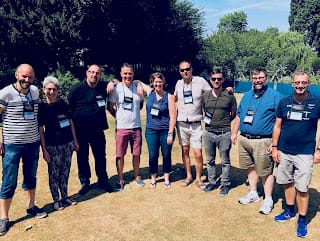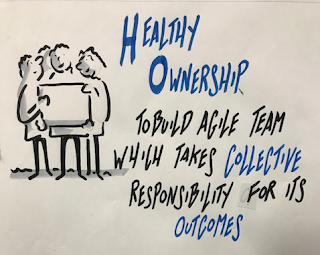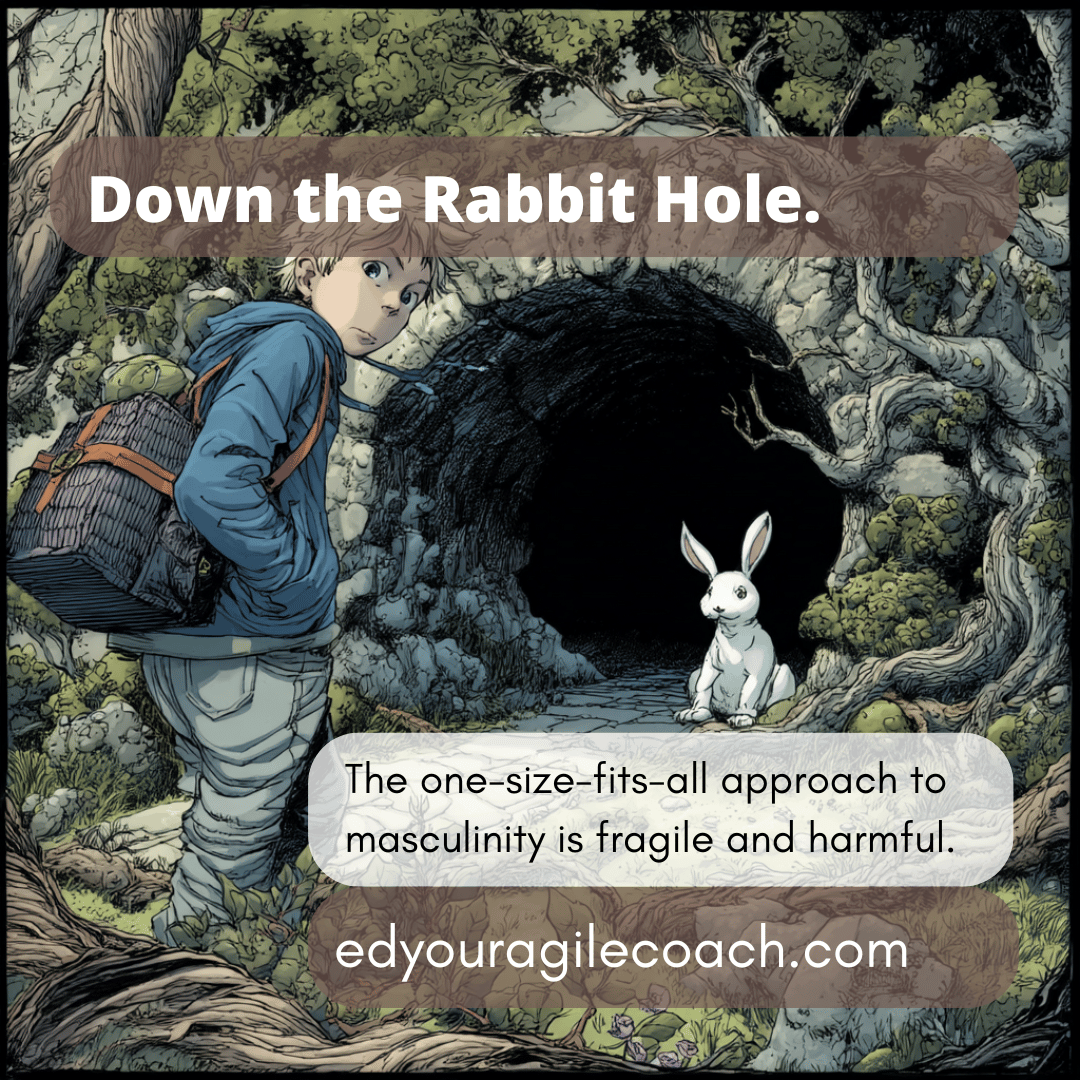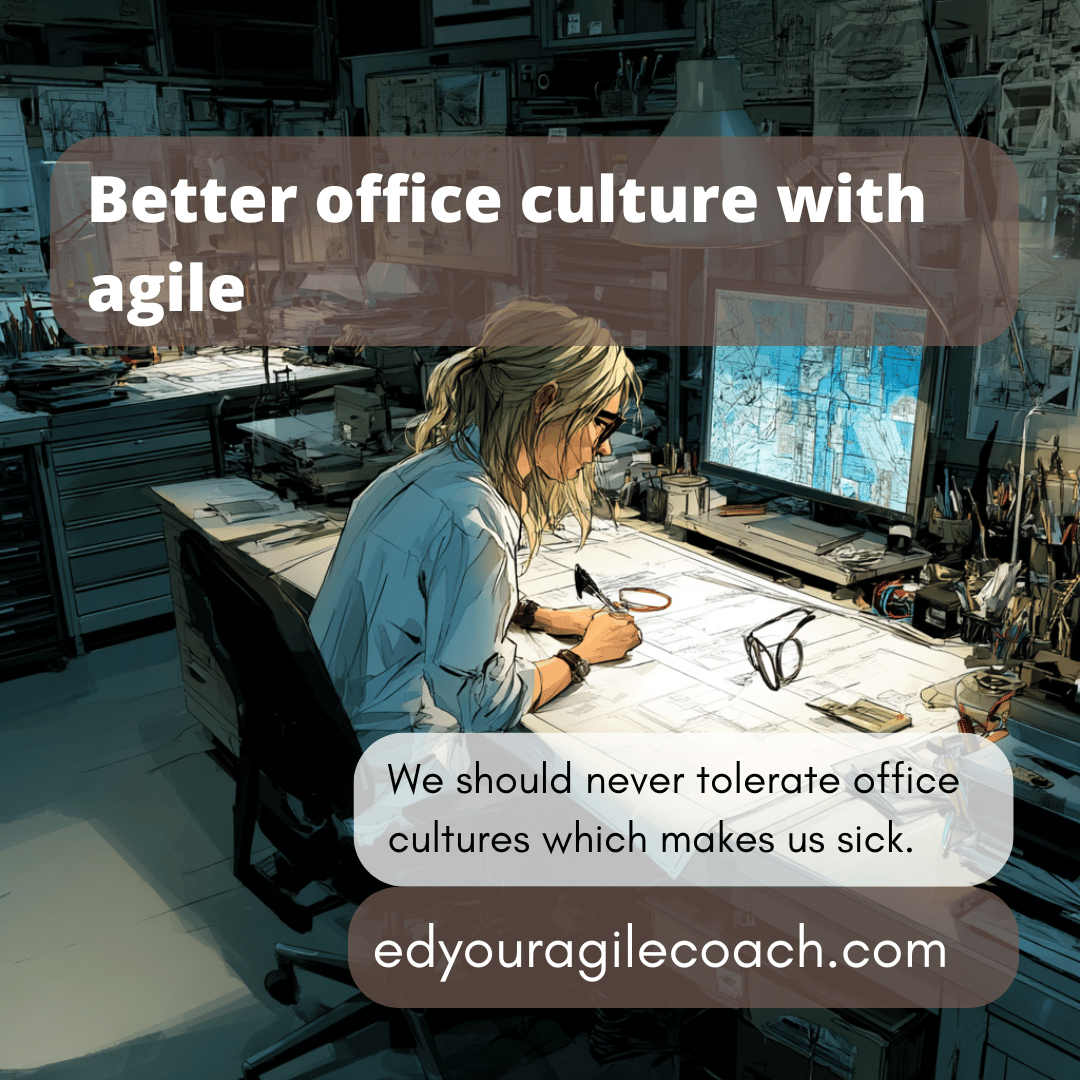What you discover at a coaching retreat

I have been offline for a few weeks. I had to have some downtime because I was involved with converting a TFS 2015 server to an instance of VSTS. Also, I was getting ready for a trip to London for the Scrum Coaches Retreat. The pressure, along with the time requirements, forced me to set aside my writing. Things have settled down, so I can return to writing about Agile.
It has been a whirlwind three weeks. Family functions, work, and this trip to London have been my focus. When you have time out for yourself, you learn a few things. The primary lesson came from a scrum master I met from England: Dominic Kavanaugh. He pulled me aside during a stressful moment and said, “This retreat isn’t about shipping anything; it is about learning.” From that moment, I had an epiphany.
The agile manifesto emphasizes working software over comprehensive documentation. The principles of agile stress shipping software in small increments. What I realized is that I had forgotten a fundamental lesson about continuous improvement. Learning and growth are vital goals of agile. Shipping software is not a hamster wheel where everyone goes around and around. Shipping software is not improving. It was my big revelation.
The revelation came as my team of coaches introduced the idea of “Healthy Ownership.” I was complaining about the abusive relationship developing between my product owners and developers. Soon, another joined my group and spoke about poor quality assurance with developers. Finally, Dominic entered the group and talked about technical debt. What united all three of these themes was that the development teams did not have a shared sense of ownership of their work.

Together, the team set out on a journey to try and discuss dysfunctions and how to fix them using a coaching approach. It was the first time I was exposed to terms like “clean language,” follow-on questioning, and guided conversation. It was positive to have ten strong personalities in the room who were all success-focused and were our enforcers of norms. The other was making sure we covered the topic of quality assurance. Another was our enthusiastic product owner. We learned to work together in three short days, and we came up with a “Healthy Ownership” model of coaching.
I am pretty proud of the small part I had to play in creating this tool; I hope to use it for the remainder of my career. First, it is a descriptive approach to solving problems. Often as a coach or scrum master, you want to jump in with an answer to a technical question or process problem. It may answer the question, but it impedes team self-organization. Next, we approach issues like a doctor looking at symptoms. We gather information, ask a few questions, and provide the right nudge to a person. Finally, we are just getting started. All of us have committed to being ready to improve and flesh “Healthy Ownership,” out.
I was not sure what I expected at the coaching retreat, but now that I have attended one, I see it as a valuable and worthwhile experience. I am looking forward to going next time and sharing my experiences with you.
Until next time.




Comments ()